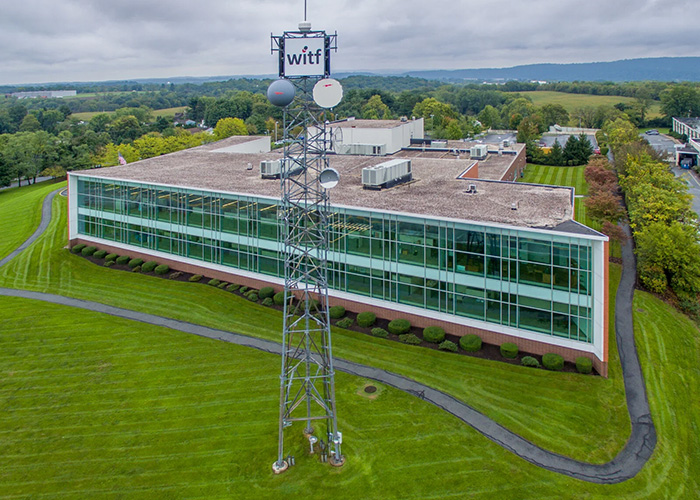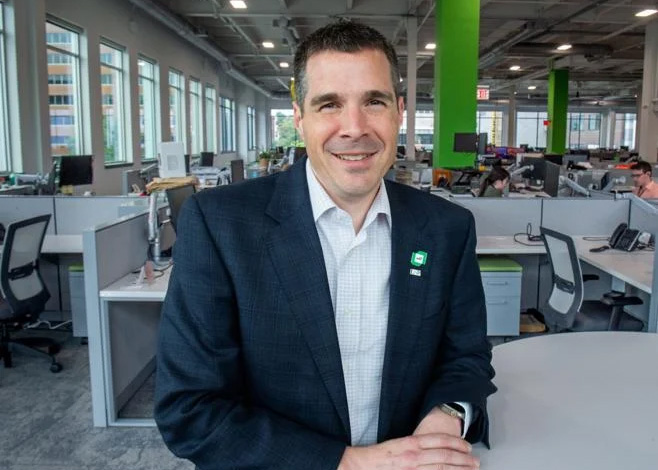The U.S. House Subcommittee on Delivering on Government Efficiency held a hearing Wednesday questioning the use of federal funds by NPR and PBS and raising concerns about bias and editorial integrity in public media.
Katherine Maher and Paula Kerger, the presidents and CEOs of NPR and PBS respectively, fielded questions from both sides of the aisle over their organizations’ role in today’s increasingly crowded news landscape.
“I hear, respect and understand your concerns regarding bias and whether public media is relevant in a commercial landscape,” Maher said, during the hearing. “It is critical for NPR’s newsroom to operate with the highest journalistic standards. That means they do their jobs independently, and as CEO I have no editorial role at NPR.”
Likewise, as president and CEO of Pennon, I have no editorial role in the newsrooms of LNP | LancasterOnline or WITF. But I understand the need to address questions of media bias.
Many people believe that news outlets report based on their political leanings, shaping narratives in ways that positively or negatively frame the story to elevate their worldviews. Subconsciously drawing conclusions based on existing beliefs is what is known as perception bias.
Journalists are trained to put aside not just perception bias but what is known as confirmation bias — which would cause them to seek out evidence that confirms their views on a subject. That’s a journalistic no-no.
News consumers struggle with these biases, too, and they may shape how they interpret the news that’s presented to them.
The ‘hostile media effect’
The idea that our own beliefs tend to sway our analysis of a situation, causing us to interpret neutral coverage as biased, has played a role in the anti-media narrative. Psychologists have coined a term for this phenomenon: the “hostile media effect.”
In 1985, researchers Robert Vallone, Lee Ross and Mark Lepper conducted a study in which they showed the same news clips about a conflict to two groups — one supporting one side, the other supporting the opposing side. Both groups believed the coverage was unfairly stacked against them, despite watching identical content.
This phenomenon emerges in news coverage of all kinds in our polarized society. When NPR, for instance, published a story on how climate change made Hurricane Helene more dangerous, skeptics may have perceived the article as pushing an environmentalist agenda rather than objectively reporting on disaster conditions.
So bias isn’t just about the words on the page or the voices on the screen. It’s also about how we, as readers and viewers, process information. Our personal beliefs shape how we interpret facts, often without us realizing it.
The reality facing us
Trust in the media has decreased significantly. Last year, only 31% of Americans surveyed by Gallup expressed a “great deal” or “fair amount” of confidence in the media to report the news “fully, accurately and fairly.”
With such a concerning statistic looming over our newsrooms, media organizations and journalists are working to change the narrative. At Pennon and other newsrooms across the country, the goal isn’t to push an agenda — it’s to inform, investigate and hold those in power accountable.
News stories are never created out of thin air. Journalists interview sources, meticulously scour public records, attend public meetings and create timelines to make sense out of complicated narratives. When new information surfaces, they follow up. And if a mistake is made in the coverage of a story, the journalist promptly and publicly corrects the error.
Newsrooms are built with a system of checks and balances — processes to identify and scrub any partiality from news articles. Sources are clearly identified and identities are withheld only for valid reasons. Quotations must be accurate. As the AP Stylebook succinctly puts it: “We abhor inaccuracies, carelessness, bias or distortions.”
Importantly, opinion pieces and analyses are clearly identified as such.
Importance of local journalism
I recently wrote about why local news matters now more than ever. Hometown journalism isn’t just about reporting the news — it’s about building trust and reflecting the people it serves.
Unlike national outlets, local journalists live in the communities they cover. They send their kids to the same schools, shop at the same grocery stores and attend the same events. Their goal isn’t to divide — it’s to inform, to highlight stories that matter and to provide a space in which issues can be discussed constructively.
That’s why supporting local journalism is so important. When readers engage with their local news — by subscribing, sharing stories or even just giving feedback — it strengthens the bond between news organizations and the people they serve.
Bias in journalism isn’t something that will disappear overnight, but awareness is the first step. As consumers of news, we can challenge our own assumptions, seek out diverse perspectives and engage with media critically instead of dismissively.
Our pledge as a provider of local news is that we will continue working toward transparency — explaining how we report stories, listening to community feedback, and ensuring that local news remains a source of connection rather than division.
Lancaster County and its neighboring communities deserve strong, fair and trustworthy journalism. By working together — both as readers and reporters — we can ensure that local news continues to serve its most important purpose: keeping us informed, engaged and connected.
Thank you for being part of the conversation.
Ron Hetrick is the president and CEO of Pennon, the parent company of WITF, Pennon Education and LNP Media Group, which publishes LNP | LancasterOnline. A Harrisburg native, Ron brings decades of experience in technology, nonprofit management and corporate governance to his role at Pennon. Email: rhetrick@pennon.org.




